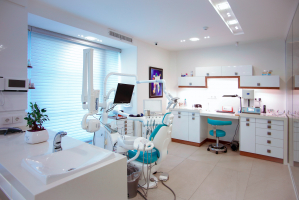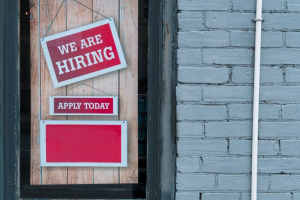Top 10 Most Asked Mechanical Engineer Interview Questions with Answers
The study of physical machines that incorporate force and movement is known as mechanical engineering. It is a discipline of engineering that uses engineering ... read more...physics and mathematics concepts, as well as materials science, to design, analyze, and produce mechanical systems. This post will offer you with the Top 10 Most Asked Mechanical Engineer Interview Questions and Answers to help you prepare for your interview.
-
The interviewer is interested in learning about your early design work in order to determine how long you have been engaged in mechanical engineering. This question allows you to demonstrate your enthusiasm for mechanical engineering and how long you have been creating and problem-solving. Your response should describe your background in design and problem-solving. Talking about your early designs, even if they were as rudimentary as making things out of household objects, helps the interviewer comprehend your background in mechanical engineering and your thought processes.
Example answer:
Every engineer has a favorite engineering duty, such as solving equations, design engineering, making prototypes, testing, engineering analysis, or conveying the design. I've always been interested in design and construction. The intriguing tale is that I began looking for ways to develop new things as a youngster.Toy vehicles were my favourite when I was a kid, but the absence of practical steering upset me. I created a toy vehicle with a steering mechanism that is quite useful. I spent hours deconstructing my automobiles, attempting to figure out how to make and include an axle while still getting the car to turn properly. The sense of accomplishment I had when I eventually got it to operate was tremendous. It inspired me to keep designing, solving problems, and working on various projects, including participating in a design competition as part of a high school team. Everything eventually led me here.

Image by Chevanon via pexels.com 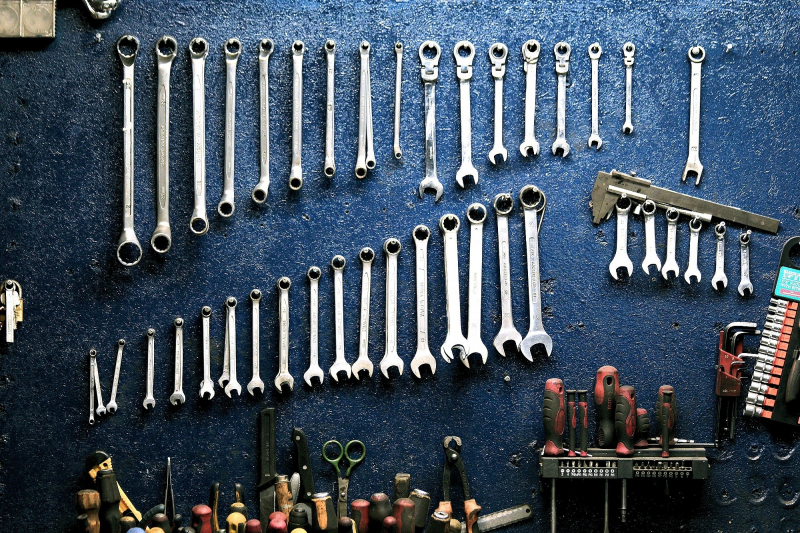
Image by pixabay via pexels.com -
Any working position is associated with the worker's responsibility and role. When applying for a job as a mechanical engineer, you will be asked questions about your thinking about responsibilities at work, in addition to technical skills and expertise. Firstly, you should mention the roles that you used to play in this field. Showing your experiences is one of the good way for you to pass through this question successfully.
Example answer:
To begin with, mechanical engineers are responsible for designing, creating, developing, and testing. They work on anything that moves, from components to machines to engines. Mechanical engineering is one of the most diversified engineering specialties since it deals with the study of moving systems and things. The mechanical engineer's job is to transform a concept into a moving finished product.
Second, mechanical engineers are mostly in charge of constructing power-generating machinery such as electric generators, steam and gas turbines, internal combustion engines, and power-using devices such as sir conditioning systems and refrigerators. They also create machinery such as escalators and elevators.
Furthermore, mechanical engineers must be responsible for tasks such as creating detailed drawings for plans, creating accurate project specifications, designing engineering experiments, creating reports for customers, and completing regulatory documents for safety issues. When I become a mechanical engineer, I will not be afraid to take on jobs ranging from difficult to simple, and I will work hard to improve my skills in order to complete the task as efficiently as possible.
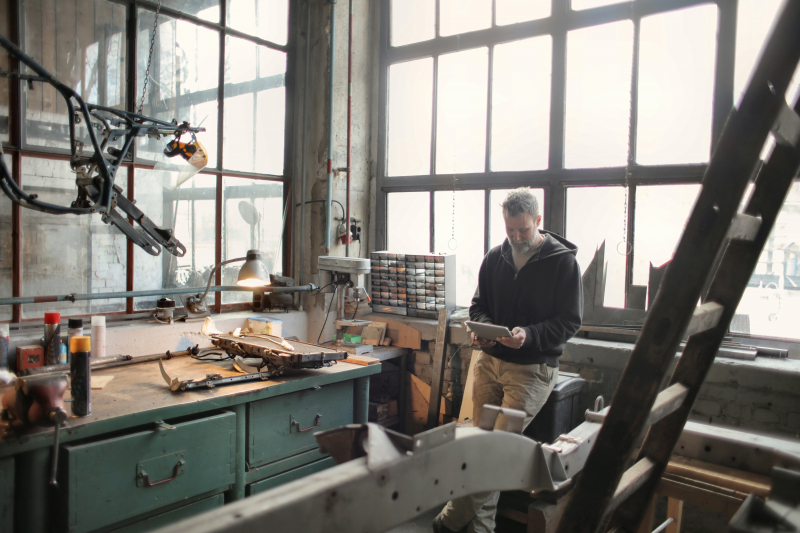
Image by Andrea Piacquadio via pexels.com 
Image by pixabay via pexels.com -
This question allows you to demonstrate that you understand the position for which you are interviewing. It enables the interviewer to determine how your abilities might fit within the firm. You can emphasise a variety of qualities, including technical abilities, analytical and problem-solving abilities, creativity, great communication, and a solid understanding of engineering fundamentals. Whatever skills you choose to emphasise, explain how they relate to the role you are interviewing for. By doing so, you demonstrate to the interviewer that you have considered and comprehended the role, and that you are self-aware of the abilities you can bring to the job.
Example answer:
Problem-solving, inventiveness, arithmetic and computer abilities, and so on are some of the most critical qualities for mechanical engineers. A mechanical engineer must have numerous talents, but I consider problem solving to be a big part of what I do. Mechanical engineers must be excellent analytical thinkers who can solve challenges presented by clients or their employers.Fixing a specific problem often necessitates being inventive, because fixing a problem may necessitate looking at things in a fresh light and discarding previous ideas that did not work. As a result, problem-solving and inventiveness are essential talents for a mechanical engineer. Mechanical engineering is concerned with the development and design of items ranging from batteries to electric generators to medical equipment. Inventing things requires a tremendous level of ingenuity, as does finding out how to complete projects under tight deadlines.
A mechanical engineer must also be able to communicate well.They may be required to explain complicated machinery or gadgets to persons who are unfamiliar with mechanical engineering. They must be able to communicate their thoughts clearly and effectively, which necessitates great communication skills. They also typically use their communication skills to lead mechanical design and production initiatives. In my opinion, these are three of the most critical talents for a mechanical engineer.

Image by Artem Podres via pexels.com 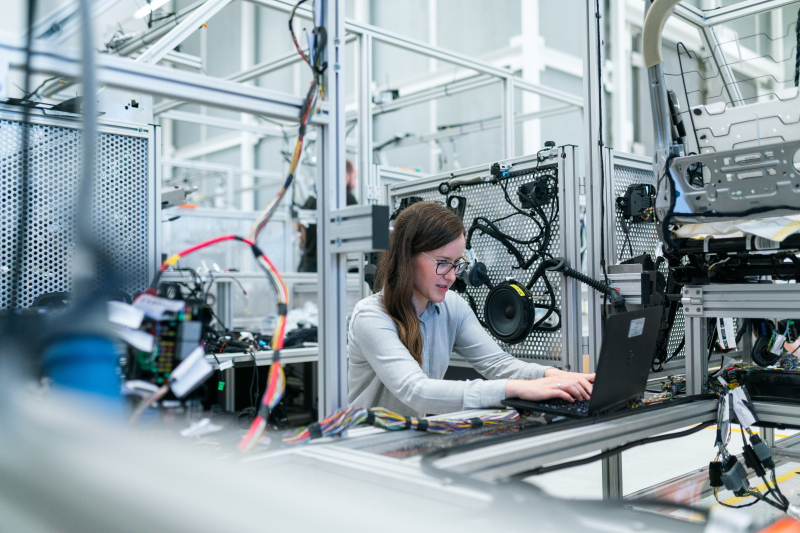
Image by Thisisengineer via pexels.com -
It is difficult to accept failure, but the interviewer recognizes that acknowledging errors and learning from them demonstrates an engineer who is open, honest, and has the capacity to develop. This question gives you the opportunity to demonstrate to the interviewer that you can deal with mistakes and handle them professionally. Your response should center on the lessons you learnt from the unsuccessful project and whether or not the project was ultimately successful.
Example answer:
Before they can build a complete and perfect design, mechanical engineers will need to spend a significant amount of time learning, attempting, and failing. I'm not an outlier. I helped develop a wheelchair for transferring patients that was simple for personnel to push and manage. The goal was to enhance the design of the old wheelchairs that were in use. We designed a wheelchair that was lighter and simpler to use, but we were not aware that the wheelchairs would be used to carry morbidly obese individuals. That meant using materials that could withstand more weight and pressure on the joints.That was not considered in the prototype. This was identified during the testing phase, when the joints were stress-tested. We had to go back to the design and adjust our ideas, which added to the cost and time. We had made certain assumptions throughout the design process, and I would ask more questions the following time to guarantee the assumptions were correct. To offer the device greater flexibility, I would also explore expanding my design envelope on crucial features such as weight and pressure.
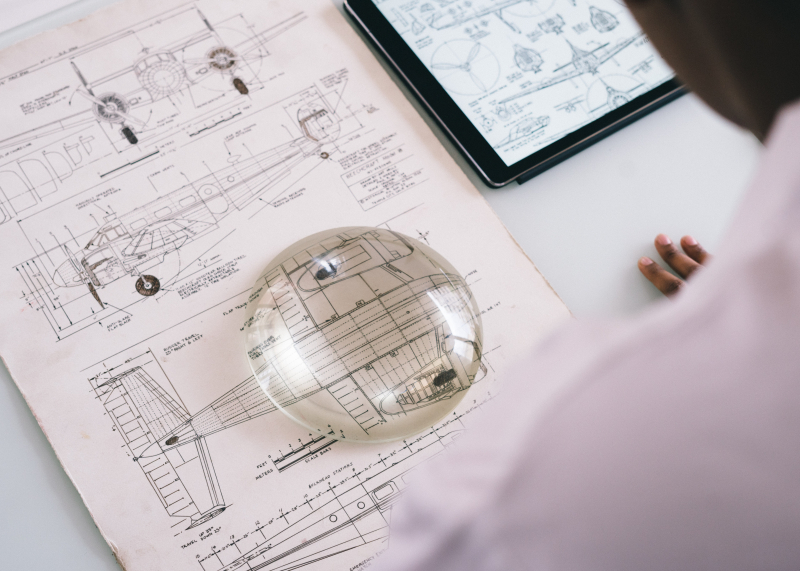
Image by Rfstudio via pexels.com 
Image by Field via pexels.com -
Mechanical engineers employ a wide range of applications and software. The interviewer is attempting to comprehensive response like how knowledgeable you are with various software. They will also analyze if the tools and software you utilized are compatible with those used by the organization in order to determine any potential training needs. Before the interview, conduct research about the firm to determine what kind of tools and software are likely to be employed. If you are familiar with applications and software that you believe or know the firm utilizes, make that clear in your response.
Example answer:
Good engineers are eager to acquire new skills, computer programs, and problem-solving techniques. I am not afraid to devote substantial time to learning and enhancing my abilities in order to better perform the specific technical obligations assigned to me at work.I've worked with a variety of tools and software. I've worked with a variety of CAD applications, including Revit Structure and SolidWorks. Designers and engineers utilize computer-aided design (CAD) software in a variety of settings and procedures. It is an essential tool in the workflows of individuals involved in design, simulation, production, and a variety of other fields.
I'm proficient with all Microsoft Office programs and have extensive expertise automating Excel files with Excel and Visual Basic. I also utilized the STAAD Pro-Structural Analysis And Design Program for structural analysis. It is primarily for structure analysis and design rather than mechanical techniques or equipment that astonishingly assist me in in-depth examination of program structure.
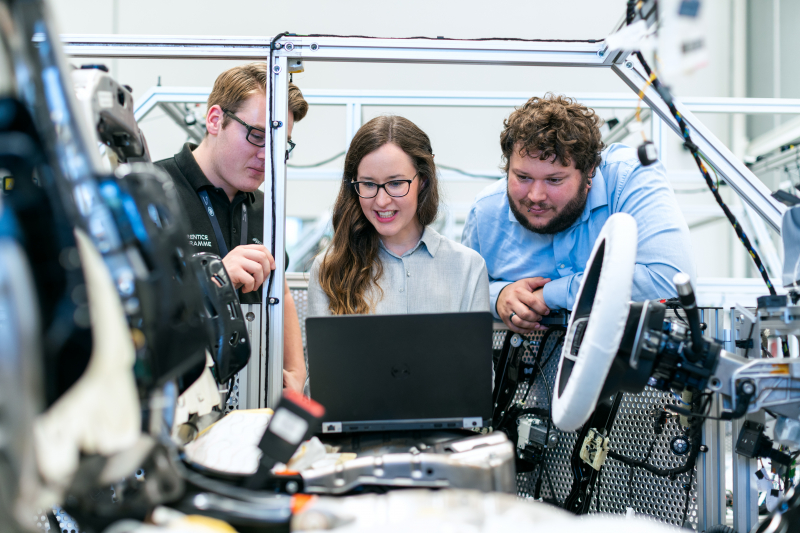
Image by thisisengineer via pexels.com 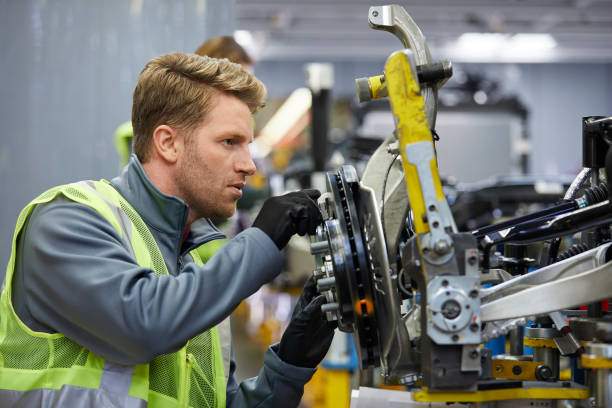
Image by Getty via pexels.com -
Employers ask queries about mechanical engineers' skills, needing you to have extensive knowledge and expertise in order to accurately identify the functions and duties of mechanical systems.The interviewer is assessing your technical knowledge of pneumatics and hydraulics, as well as your understanding of the advantages and disadvantages of various systems. They want to know that you are familiar with both sorts of systems and can explain why you choose one over the other. You will be able to pass this question if you provide a direct, to-the-point response with an easy-to-understand explanation.
Example answer:
A pneumatic system is a network of interconnected components that use compressed air to perform tasks for automated equipment. Examples include industrial production, a residential garage, and a dentist's office. This work is created using linear or rotating motion. Furthermore, hydraulics is a mechanical function that works with the force of liquid pressure. Mechanical movement is created in hydraulics-based systems by confined, pumped liquid, often by hydraulic cylinders moving pistons.
The distinction between pneumatics and hydraulics is found in the medium used to convey power. Pneumatics makes use of readily compressible gases such as air or pure gas. To transmit power, hydraulics use relatively incompressible liquid media such as mineral oil, ethylene glycol, water, synthetic varieties, or high temperature fire-resistant fluids.If everything else was equal, I'd go with pneumatics. Pneumatic systems are less expensive and move more quickly. They are less untidy if they leak than a hydraulic system, which would spill oil or water. For these reasons, I would choose pneumatics over hydraulics, but each project is different, and other considerations may make hydraulics the chosen solution.
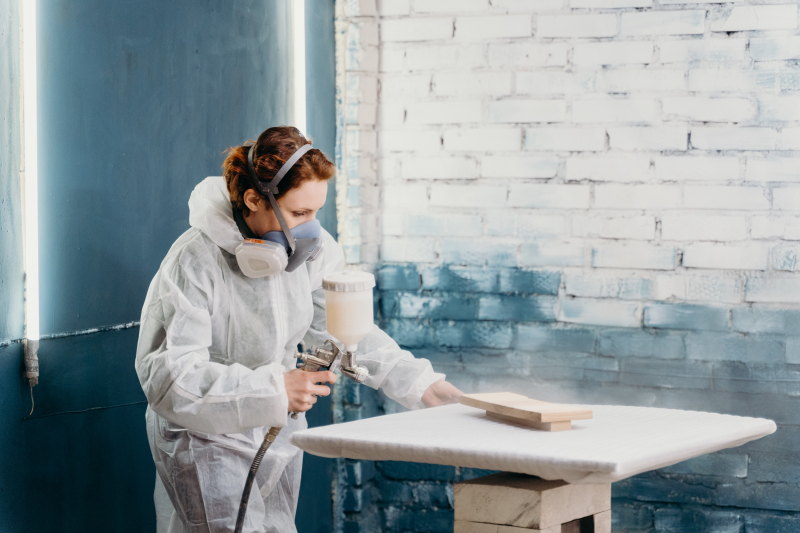
Image by Cottonbro via pexels.com 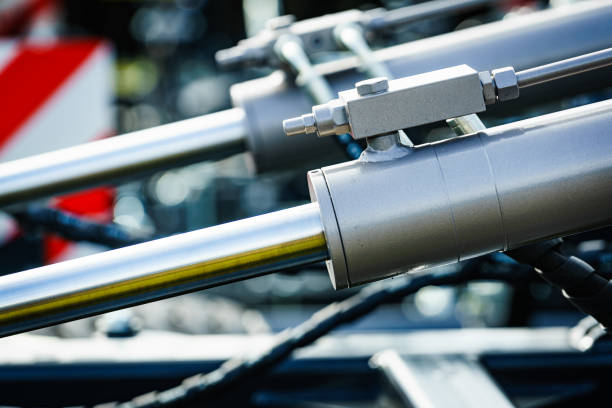
Image by Voyagerix via pexels.com -
This question is designed for employers to comment on your problem-solving talents while working and running equipment when there is a problem. Some tips for answering this question smoothly include leveraging your experiences and providing a story about a problem you encountered and solved to demonstrate that you have the ability to deal with a good challenge. You will have a better insight of the mechanical engineer's thought processes by asking this mechanical engineering interview question.
Example answer:
Mechanical testing is a crucial aspect of the design or manufacturing process, and testing services can be provided in-house or by third-party testing facilities. The basic goal of mechanical testing, regardless of where it is performed, is to assure the safety of any finished goods or buildings. As a result, environmental conditions are critical, and testing should be carried out under conditions comparable to those encountered by the final product.
The criteria for any testing are normally indicated on the designs for each item, implying that testing is the duty of the maker of each part. In my previous job, we had an automated and manual application that we could use to look for any discrepancies. I would run an automatic system at the start of each day to see if any issues had arisen overnight. To conclude the day, I personally searched the system for any difficulties that the automated system may have overlooked. If there are any, I make every effort to correct them.
Image by Gustavo via pexels.com 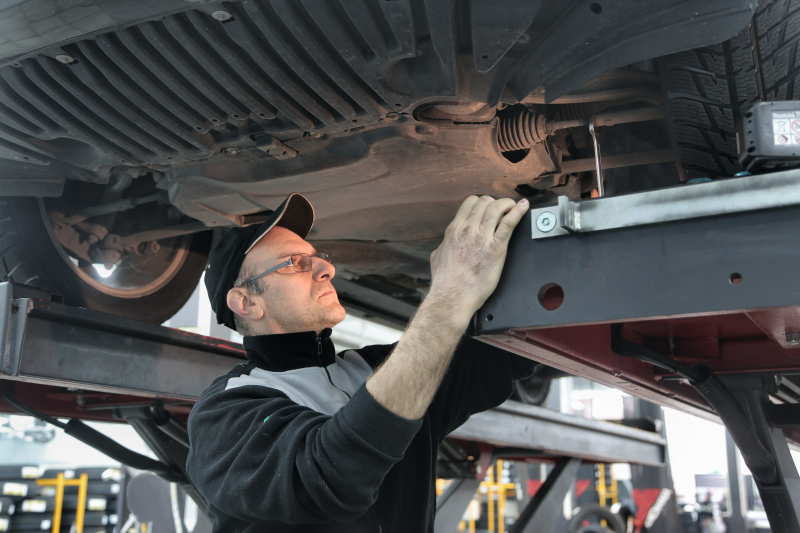
Image by Andrea Piacquadio via pexels.com -
The interviewer wants to put your technical expertise to the test. Demonstrate your technical understanding by describing briefly what that type of diagram is and how it is utilized. If the interviewer wants additional information, be prepared to answer follow-up questions.
Example answer:
A process flow diagram (PFD) is a sort of flowchart that depicts the reliability of plant equipment and activities. This visual chart displays a connection between a facility's main equipment. Nonetheless, minor details such as designations and plumbing are not covered. The diagram depicts the equipment, product flow, connections, and component interactions.While it is undeniably popular in engineering, PFD is also flourishing in other fields. PFD is widely used in chemical engineering, particularly in process engineering. The PFD depicts the link between key plant equipment but excludes smaller information such as designations and plumbing details. PFDs are required for project descriptions and walkthroughs. Their simple designs complement illustrations of specific stages in a process. They are available in a variety of structures, each suited to a certain use.
A PFD provides the following advantages. For starters, it outlines the working method for all employees. A PFD condenses the scope of the procedure and fundamental information. Important statistics, such as feedstock and stream flow rates, are easy to track. Simple arrangements eliminate the possibility of misinterpretation. Second, the chart identifies critical faults and bottlenecks in order to improve quality control. This development lays the path for improved models in the future. Furthermore, PFDs reinforce the organization's reliance on external systems.
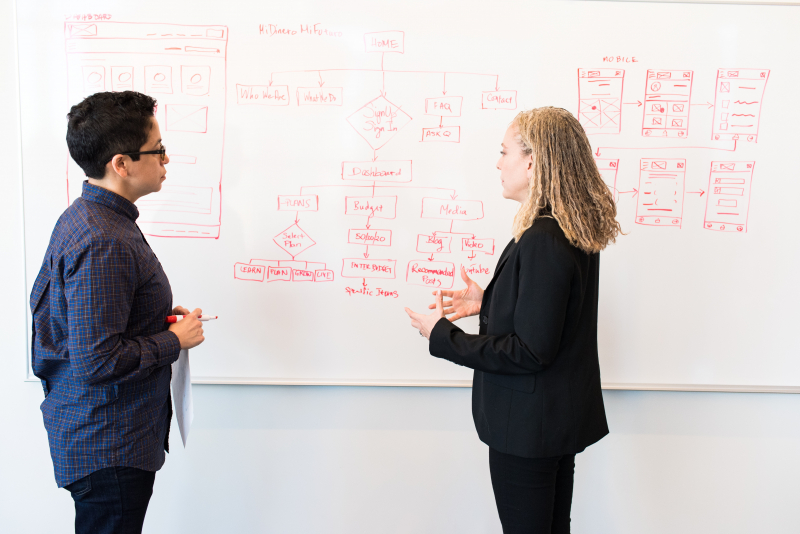
Image by Christina Morrilo via pexels.com 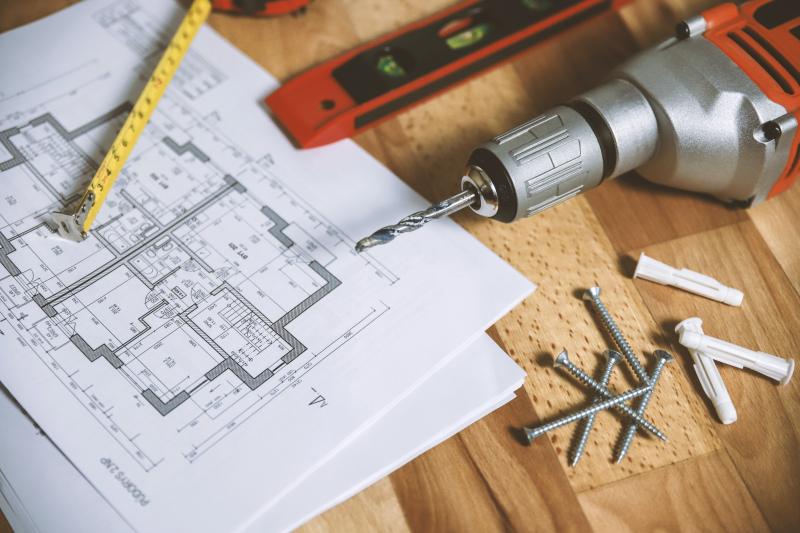
Image by Jeshootscom via pexels.com -
The interviewer is testing your technical knowledge. Technical questions are common in mechanical engineering interviews, although the difficulty of the questions will depend on the knowledge of the person interviewing you and the role you are interviewing for. Before the interview, familiarise yourself with the job description and consider what technical knowledge you need to perform the job.
Example answer:
Parts that must integrate with one another to provide a shared function or conduct one or more actions are frequent in manufacturing. The "fit" connection between two mating components refers to how tight or loose the objects should be when fitted together. In manufacturing and mechanical engineering, three forms of fit are typically used: clearance fit, interference fit, and transition fit.
Clearance fits enable for loose mating in situations where open movement and a certain amount of play are needed. Clearance fittings are used when elements should be able to slip in and out without being obstructed, and when alignment can be gently guided but does not require strict accuracy. Examples of clearance fit include bolt/shaft holes in which an element may easily glide through another feature.
Interference fits are also known as a press fit or friction fit, requires some effort to unite two components. An interference fit can be used to press a bushing, bearing, dowel pin, or other object into its mating components. When linked, this forms a reasonably robust union that would need significant force or prospective machine operations to uncouple.
Transition fits are used when precise alignment is required and mating pieces must be joined with higher accuracy. These may also be referred to as a slip or push fit. There will still be more space than with a press/interference fit, but it will be much smaller and should eliminate any extra play or movement in the joint.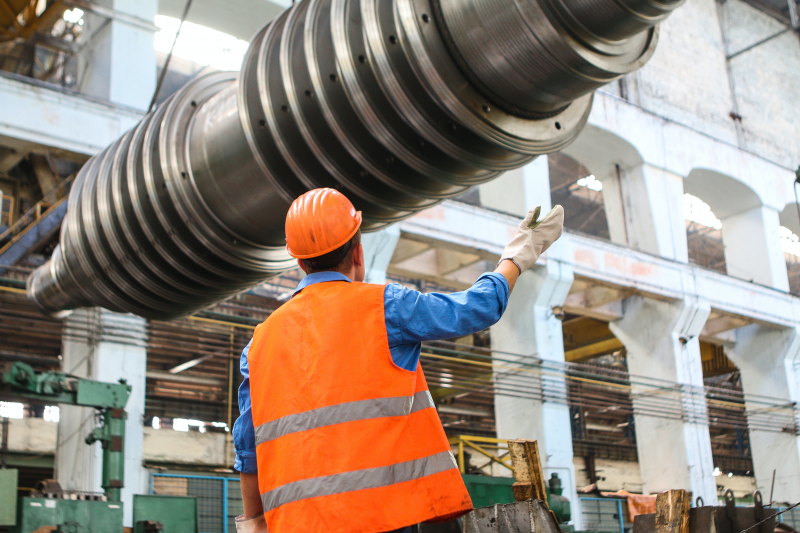
Image by Kateryna via pexels.com 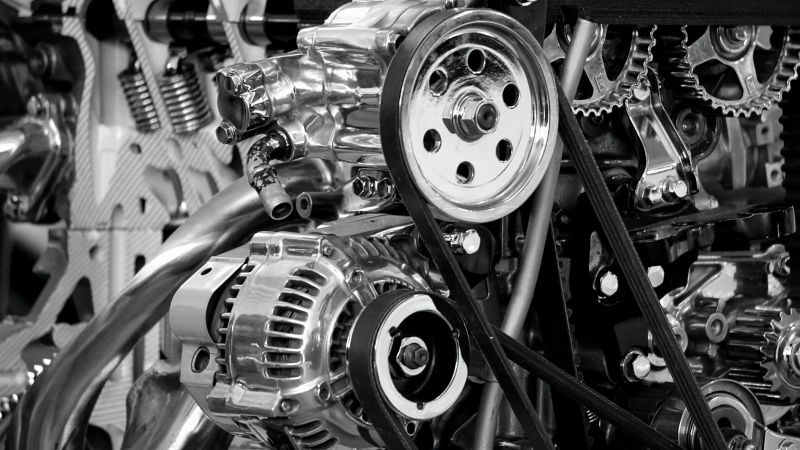
Image by Mike B via pexels.com -
An employer can benefit from the capacity to communicate complicated designs to laypeople or individuals from different sectors. It demonstrates exceptional communication skills to be able to translate complicated concepts and thoughts into simple language that others can grasp. That skill can be useful in both assisting current clients with problems and winning bids with new clients. Marketing teams can accomplish their marketing responsibilities if they understand the product and its purpose. It also demonstrates your ability to work successfully as part of a team and cooperate with others. All of these advantages make this an important skill to demonstrate during an interview.
Example answer:
I would avoid using technical terminology and acronyms as much as possible when explaining a complicated design to a layperson or someone who does not have an engineering background. If I had to use technical jargon, I would explain it first until the individual demonstrated that they already knew what it meant. I believe it is also beneficial to convey the design's objective so that people may comprehend the challenge we are attempting to address. I'd then go through how the design accomplishes its goal. I'd want to draw a map for them to show how we'll get from the problem to the solution I'm working on.
Allowing the individual or team to ask questions if they don't understand is critical, as is asking whether they grasp what I'm saying. What appears simple to someone with a mechanical engineering experience may not be simple to someone without that background, therefore it is critical to check in with them throughout the presentation.
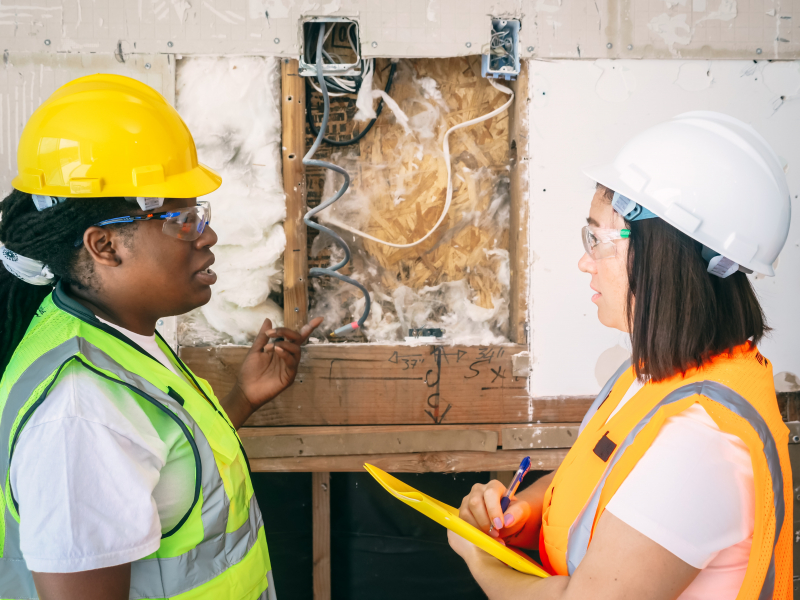
Image by Kindel media via pexels.com 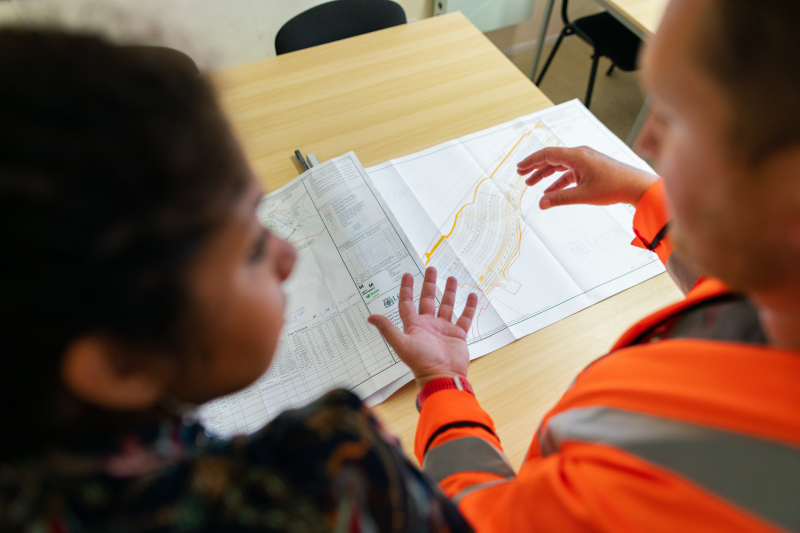
Image by Thisisengineer via pexels.com




























